Experience is the best way to learn how to become an HVAC technician, so finding the right jobs is important. It isn’t enough to find work; you have to win it. In most cases, low bid wins. This means you need to be detailed in your bidding process so you don’t miss any costs and lose money. HVAC contractors provide vital services that can significantly affect the price of a project. Bidding a project successfully starts with choosing the right project. To help you win more projects, here’s a step-by-step guide to bidding on HVAC jobs and some strategies to ensure that you’re competitive.
How to bid HVAC jobs
First, let’s take a detailed look at the steps to bid HVAC work.
1. Choose the right project
To help you search, it helps to look up credible construction bidding websites with HVAC jobs, such as “hvac bidding websites”. Before quoting an HVAC project, you must know the best projects to bid for your company. This could be based on several factors, including your employees’ skill set and the project’s location. If the project includes new work that you don’t have experience with, add additional costs for the learning curve and possible mistakes. Or, if the project is out of your service area, you may need to add housing and per diem for your employees. PlanHub can help you find more projects that fit your skills and location, especially when you’re looking for “new construction hvac bids” or “hvac bids near me”.
2. Review bid documents
After you’ve gone through the construction bidding process and received invites or different types of construction contracts, it’s time to review bidding documents. For commercial HVAC projects, you will most likely be responding to an invitation to bid (ITB), a request for qualifications (RFQ), or a request for proposals (RFP), some of which you might have received from subcontractor bidding sites. All of these will include documents that describe and show the scope of work to be performed and how to perform it. Drawings provide a visual representation of the work. Specifications provide detailed information on the materials and equipment and how to install them.
3. Perform a quantity takeoff
A quantity takeoff or material takeoff is a count of the number of materials or equipment needed to complete the construction job. It includes things like lengths of duct, registers, equipment, etc. To perform a takeoff, count the number or length of each material needed on the project. This can be done with the assistance of estimation software, an electronic scale, or a ruler and highlighter.
4. Get quotes from suppliers
Once you’ve completed your material takeoff and have a list of materials and equipment, you’ll send the list to your material and equipment suppliers, along with the appropriate bid documents, to get a quote from them.
5. Estimate labor
Next, you will use your material takeoff to estimate the labor required to install each material or piece of equipment. The most common way to estimate labor is to use past project data. You’ll look at a project with similar scope and apply the labor required to the new scope of work. If you don’t have past project data to help you determine your labor hours, you can use a labor guide. To determine your labor cost for the project, multiply the total number of labor hours required by your fully burdened labor rate. A fully burdened labor rate includes worker wages, employer taxes, and benefits.
6. Add overhead and profit
Company overhead includes expenses not directly related to performing the work but are required to keep your business running. They include administrative staff, insurance, marketing expenses, office rent and supplies, estimating and sales costs, etc. It is usually calculated by adding a percentage of total project costs. If you don’t know what your overhead percentage is, consult with an accountant. Profit is pretty self-explanatory and is usually calculated as a percentage of the total cost of the job.
7. Write your proposal
It’s suggested that you create a standardized form for all your proposals to ensure you’ve included everything. For more information about what a proposal should include, see our article “What Should a Construction Bid Look Like?”.
Strategies for bidding HVAC work
Use an electronic takeoff tool
You could make costly errors if you still use a scale ruler and highlighters to take off your projects. Using electronic takeoff software improves accuracy and saves time, enabling you to bid more work.
Retire your bid spreadsheets
Using spreadsheets for bidding is as old school as using a scale ruler. Today there are lots of options for estimating software to help you create and track your proposals.
Know your competitors
It’s important to know who your competitors are in the locations you serve. Know what services they provide and how much they charge. This will give you insight into how to bid successfully against them.
Track your wins and losses
Tracking your construction bids wins and losses provides a wealth of information about your competitiveness and your competition. What types of jobs do you do well? Where do you struggle? Tracking bidding results will help you learn a lot about your company so you can strategize your bidding efforts.
Finding the right job for you
In order to create and maintain a successful HVAC business, you must always be searching for new work. To help you find new construction projects with HVAC jobs, turn to a reliable job site. PlanHub helps you find the jobs you need in your area quickly and easily. Once you’ve found a job that fits your skills, use the steps and strategies above to write a winning proposal, especially when considering “pricing hvac jobs”, “hvac job bids”, “how to get hvac projects”, “hvac bidding”, “bid on hvac jobs”, and “hvac contracts for bid”.
A Guide to Selecting the Best HVAC Equipment

As an HVAC subcontractor, selecting the right HVAC equipment is crucial for delivering high-quality services and meeting client expectations. With a wide range of options available in the market, making
an informed decision requires careful consideration of various factors. In this blog, we will guide you through the process of determining the best HVAC equipment for your HVAC business, helping you provide efficient heating, ventilation, and air conditioning solutions to your customers.
1. Assess Your Business Needs:
Begin by assessing your business needs and target market. Determine the types of HVAC services you specialize in, whether it’s residential, commercial, or both. Consider the size and complexity of projects you handle and evaluate the specific requirements of your clients. This assessment will help you identify the appropriate HVAC equipment to meet your business goals and provide optimal solutions.
2.Research Equipment Brands and Suppliers:
Conduct thorough research on reputable HVAC equipment brands and suppliers. Look for companies with a strong industry presence, positive customer reviews, and a track record of delivering reliable and efficient equipment. Consider factors such as equipment performance, energy efficiency, warranty options, and after-sales support. Choosing reputable brands ensures you have access to high-quality equipment and reliable customer service.
3.Determine Equipment Size and Capacity:
Accurate sizing and capacity determination is crucial for HVAC equipment performance. Conduct load calculations and assessments to determine the appropriate size and capacity requirements for each project. Oversized or undersized equipment can lead to inefficiencies, increased energy consumption, and subpar performance. By selecting equipment that matches the specific needs of each project, you can ensure optimal comfort and energy efficiency for your clients.
4. Consider Energy Efficiency:
Energy efficiency is a critical factor in HVAC equipment selection. Look for equipment with high energy efficiency ratings, such as those certified by ENERGY STAR®. Energy-efficient HVAC equipment not only reduces energy consumption and utility costs for your clients but also demonstrates your commitment
to sustainability and environmental responsibility. Educate your clients on the long-term benefits
of energy-efficient equipment to help them make informed decisions.
5.Evaluate Maintenance and Serviceability:
Consider the ease of maintenance and serviceability of the HVAC equipment you choose. Look for equipment that is easy to access, maintain, and repair, as this can significantly reduce downtime and enhance customer satisfaction. Check the availability of replacement parts, warranty terms, and the reputation of the manufacturer’s service network. Prioritize equipment that is supported by a robust service infrastructure to ensure prompt and reliable maintenance and repairs.
6.Seek Professional Advice:
Consult with industry experts, such as HVAC engineers, experienced technicians, and equipment suppliers, to gain insights and recommendations based on their expertise. They can provide valuable guidance on equipment selection, installation best practices, and industry trends. By leveraging their knowledge, you can make informed decisions and stay updated with the latest advancements in HVAC technology.
Selecting the best HVAC equipment for your HVAC subcontracting business is a critical decision that directly impacts your ability to deliver exceptional services and exceed customer expectations.
By assessing your business needs, researching reputable brands, determining equipment size and capacity, considering energy efficiency, evaluating maintenance and serviceability, and seeking professional advice, you can make informed choices that enhance the performance, energy efficiency, and longevity of your HVAC systems. Remember, investing in high-quality HVAC equipment
is an investment in the success and growth of your subcontracting business.
Equip your HVAC business with the best HVAC equipment, and provide superior comfort and satisfaction to your clients while positioning yourself as a trusted and reliable subcontractor in the industry.
If you’re an HVAC subcontractor and you want to see how PlanHub can help you expand your business, contact us today.
In the realm of HVAC contracting, successfully securing projects often hinges on strategic bidding and competitive pricing. Crafting precise and well-detailed proposals is crucial when addressing queries like pricing HVAC jobs, HVAC contracts for bid, HVAC job bids, and bid on HVAC jobs. Your ability to navigate these bid processes for commercial HVAC projects is a testament to your expertise and commitment to delivering quality services. By staying attuned to market demands and utilizing effective bidding strategies, you position your HVAC business for growth and success. As you bid on commercial HVAC jobs, may your proposals stand out for their thoroughness and value proposition, leading to prosperous collaborations and satisfied clients in the dynamic HVAC industry. Best wishes for continued success in securing and completing HVAC projects through strategic bidding practices.





